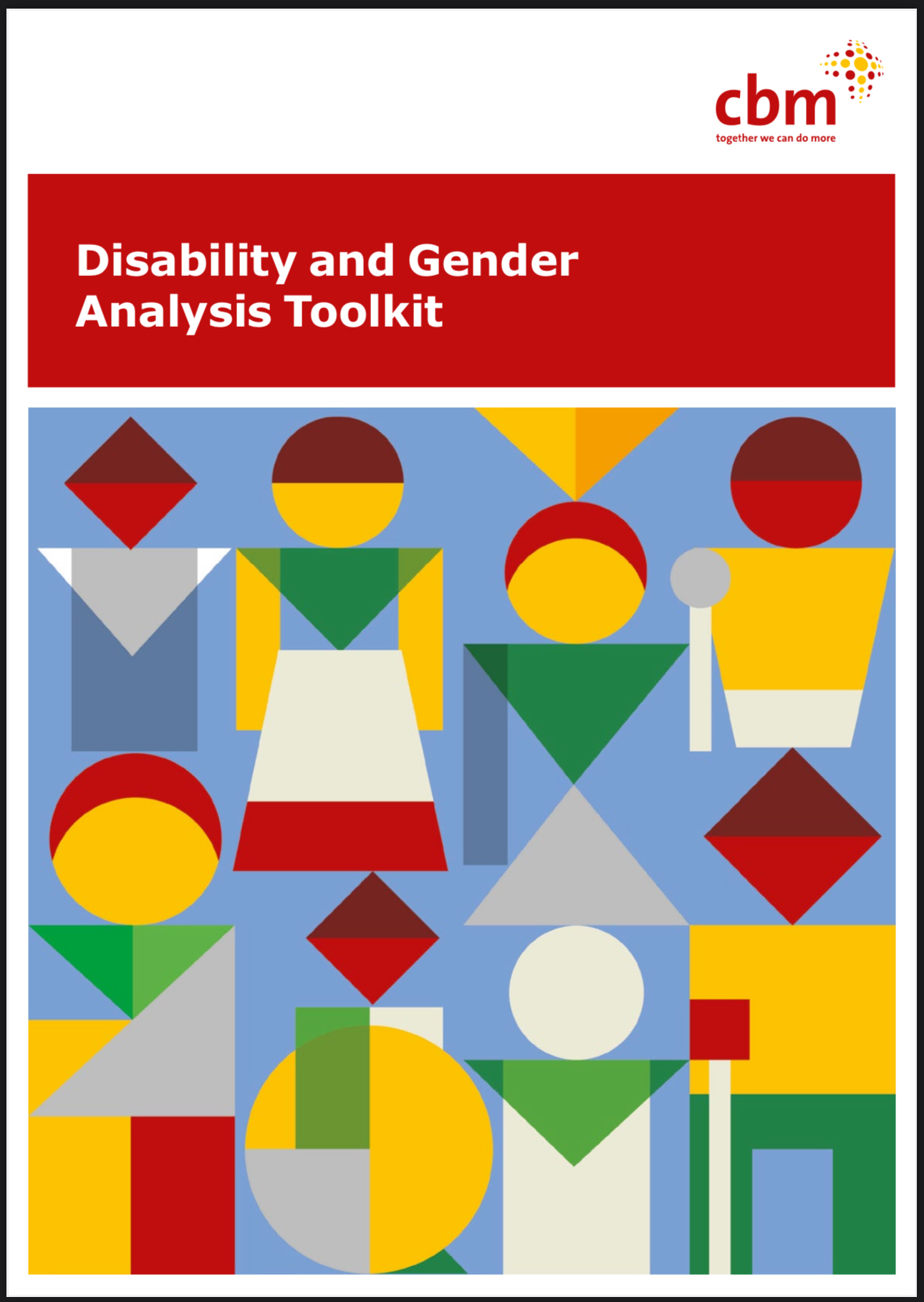Applying Goodhart's Law for Effective M&E
Goodhart's Law: 'When a measure becomes a target, it ceases to be a good measure.'
Building on Goodhart's Law, here are my key thoughts for M&E:
• Focus Beyond Targets: Focusing solely on hitting targets in M&E can lead to neglecting other important aspects. People might prioritize activities that "game the system" rather than achieving true program goals. A broader view is crucial to assess real impact.• The Bigger Picture: Numbers are valuable, but they're just one piece of the puzzle. Qualitative data, such as participant feedback or implementation observations, helps us understand the "why" behind the numbers. Considering context helps M&E accurately assess progress and the program's true impact.
• Beyond Measurables: Sometimes, the most important program aspects are hard to quantify. Focusing too much on meeting metrics can distract from the actual impact. For a holistic view, M&E should use both quantitative and qualitative data. Qualitative methods such as IDIs, KIIs, or FGDs can be used for assessment. M&E should not be number-obsessed; it's about learning and improvement, not just chasing numbers.
To sum it up, Goodhart's Law reminds us that effective M&E, especially evaluation, requires looking beyond the numbers and using a balanced approach that considers both quantitative and qualitative data.
Hnin Ei Lwin
monitoring #evaluation #accountability #reporting #learning
#social #development #humanitarian #public-health




Comments
Post a Comment